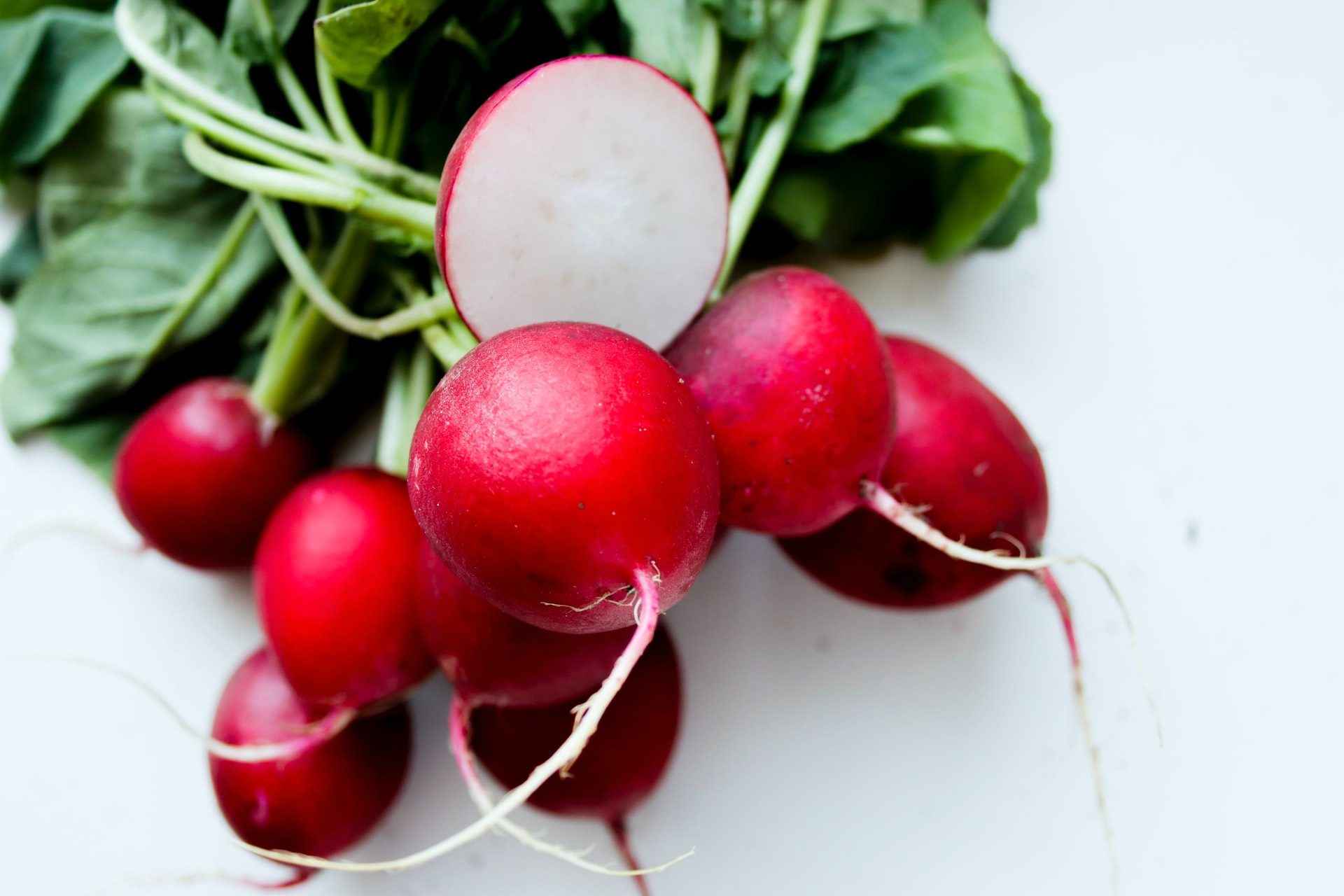Using Radishes in the Lab
ResourceRadishes are great little plants for the lab, germinating and growing quickly and reliably, ready for a whole series of investigations. 
 Radishes are members of the same family as the key model organism Arabidopsis thaliana. They’re particularly good for demonstrating the effects of different levels of plant nutrition.
Radishes are members of the same family as the key model organism Arabidopsis thaliana. They’re particularly good for demonstrating the effects of different levels of plant nutrition.
Practicals
- Plant growth – Resource: Investigating seed germination
- Phototropism – Resource: Describe an experiment to show that shoots grow towards light
- Photosynthesis – Resource: Investigating the behaviour of leaf discs This is a hands-on way to investigate photosynthesis, and can be used to compare sun and shade plants, different light intensities, etc.
- Plant nutrition – Resource: The effects of different levels of minerals on plant growth (post-16 resource)
- Plant nutrition – Resource: Investigating in plants grow better with fertiliser (KS2 resource)
- Enzymes – Catalase is a widespread enzyme, and its presence can be identified in onions and radishes with this deceptively simple protocol. Resource: Microscale investigations with Catalase
Articles
- Ward, R. and Watts, D. (1999), Plant nutrition studies in the classroom. School Science Review, 80 (293) 109-112
- Hewitson, J. and Price, R. (1994), Plant mineral nutrition in the classroom, School Science Review, 76 (274), 45-55
- Hewitson, J., Dixon, T. and Price, R. (2000), A demonstration of communication between plants. Journal of Biological Education, 34 (3), 160-162.
- Scoates, F., Flies, Weeds, Atom Bombs and Computers: Why models are the future of biology, Catalyst, 22 (2).
Teaching Topics
- Plant growth
- Plant responses and hormones
- Plant nutrition
- Enzymes
Description
Radish, Raphanus sativus
A small, annual salad vegetable with edible roots. Radishes are members of the Brassicaceae family, which includes both edible plants such as cabbages, and plants of key scientific interest such as Arabidopsis Thaliana. Arabidopsis is a small plant widely used as a model organism, and the first plant to have its entire genome sequenced.
Round, red-skinned forms of cultivated radishes first emerged in the eighteenth century. Developed for its ‘crispiness’ and short cultivation time, one variety, ‘Cherry Belle’, can grow from seed to harvest in approximately 20-23 days.
Growing and sourcing
Obtaining: Seeds are available from garden centres and nurseries. Packets of radish seeds are inexpensive and readily available, with seed packs costing around £2 and containing up to 1000 seeds. This allows many small plants to be grown for classroom investigations.
Growing: Grow from seed, following the appropriate instructions for the practical you wish to carry out.
Water: Water with a fine mist and be careful to moisten, not drown, your seedlings. Using a small watering can with a fine rose is best for seeds such as cress, radishes and mung beans.
Fertilising: There is no need to fertilise your seeds, unless this is forming part of your science investigation.
